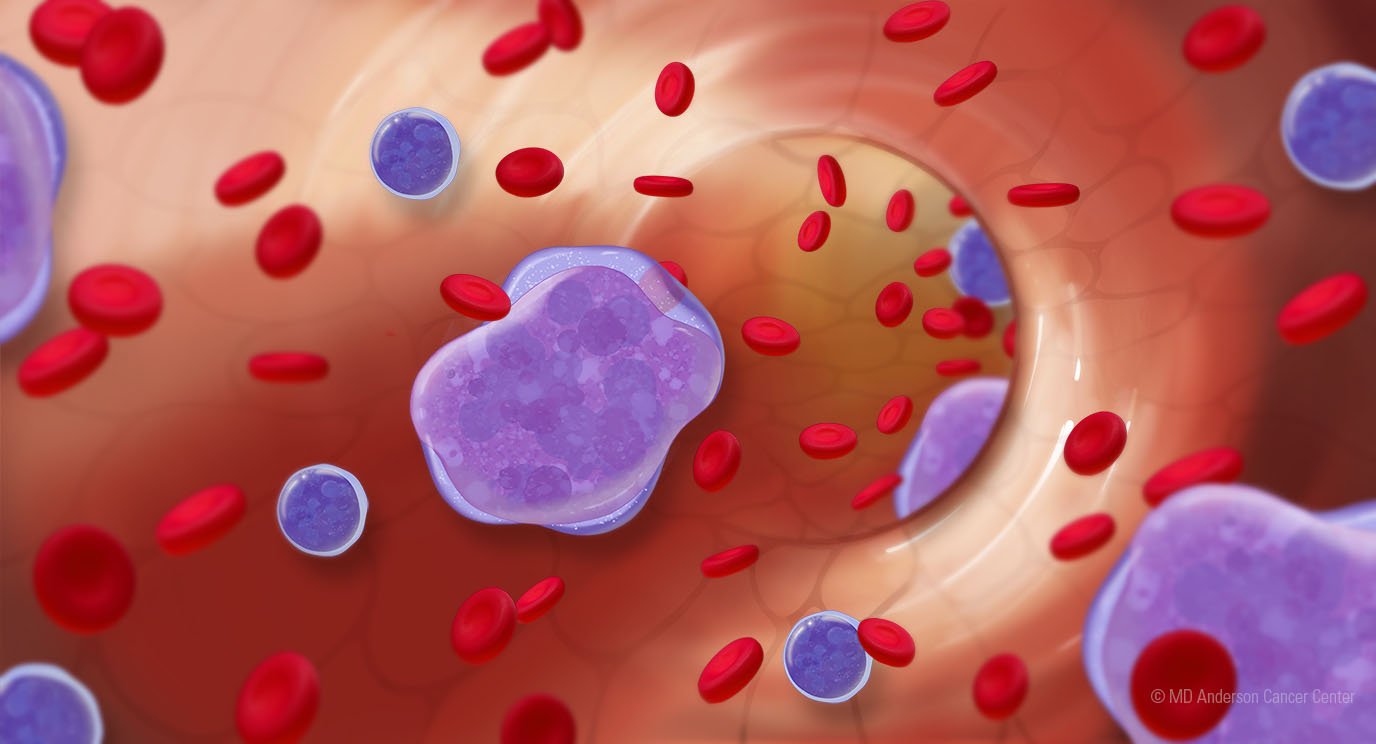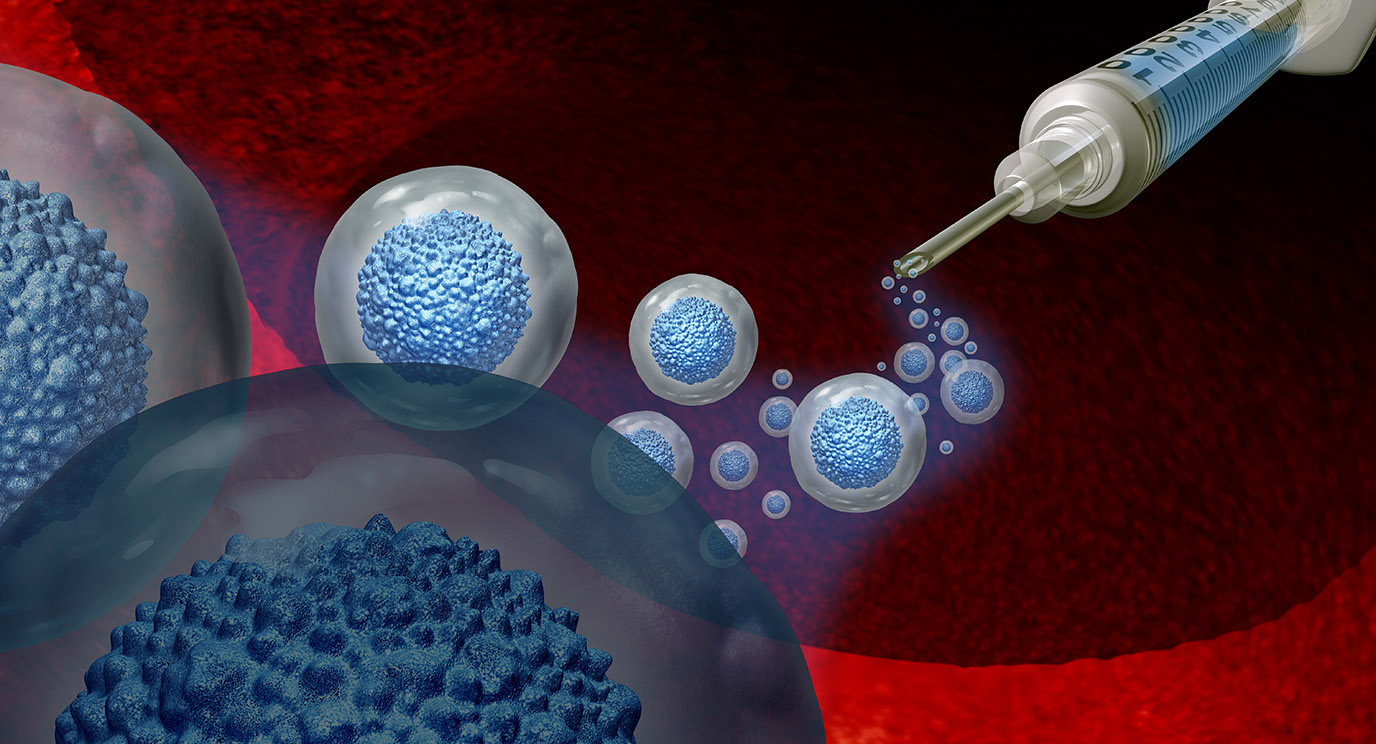- Diseases
- Acoustic Neuroma (14)
- Adrenal Gland Tumor (24)
- Anal Cancer (66)
- Anemia (2)
- Appendix Cancer (16)
- Bile Duct Cancer (28)
- Bladder Cancer (68)
- Brain Metastases (28)
- Brain Tumor (228)
- Breast Cancer (716)
- Breast Implant-Associated Anaplastic Large Cell Lymphoma (2)
- Cancer of Unknown Primary (4)
- Carcinoid Tumor (8)
- Cervical Cancer (154)
- Colon Cancer (164)
- Colorectal Cancer (110)
- Endocrine Tumor (4)
- Esophageal Cancer (42)
- Eye Cancer (36)
- Fallopian Tube Cancer (6)
- Germ Cell Tumor (4)
- Gestational Trophoblastic Disease (2)
- Head and Neck Cancer (6)
- Kidney Cancer (124)
- Leukemia (344)
- Liver Cancer (50)
- Lung Cancer (288)
- Lymphoma (284)
- Mesothelioma (14)
- Metastasis (30)
- Multiple Myeloma (98)
- Myelodysplastic Syndrome (60)
- Myeloproliferative Neoplasm (4)
- Neuroendocrine Tumors (16)
- Oral Cancer (100)
- Ovarian Cancer (170)
- Pancreatic Cancer (166)
- Parathyroid Disease (2)
- Penile Cancer (14)
- Pituitary Tumor (6)
- Prostate Cancer (144)
- Rectal Cancer (58)
- Renal Medullary Carcinoma (6)
- Salivary Gland Cancer (14)
- Sarcoma (236)
- Skin Cancer (294)
- Skull Base Tumors (56)
- Spinal Tumor (12)
- Stomach Cancer (60)
- Testicular Cancer (28)
- Throat Cancer (90)
- Thymoma (6)
- Thyroid Cancer (98)
- Tonsil Cancer (30)
- Uterine Cancer (78)
- Vaginal Cancer (14)
- Vulvar Cancer (18)
- Cancer Topic
- Adolescent and Young Adult Cancer Issues (20)
- Advance Care Planning (10)
- Biostatistics (2)
- Blood Donation (18)
- Bone Health (8)
- COVID-19 (362)
- Cancer Recurrence (120)
- Childhood Cancer Issues (120)
- Clinical Trials (624)
- Complementary Integrative Medicine (24)
- Cytogenetics (2)
- DNA Methylation (4)
- Diagnosis (230)
- Epigenetics (6)
- Fertility (62)
- Follow-up Guidelines (2)
- Health Disparities (14)
- Hereditary Cancer Syndromes (122)
- Immunology (18)
- Li-Fraumeni Syndrome (8)
- Mental Health (118)
- Molecular Diagnostics (8)
- Pain Management (62)
- Palliative Care (8)
- Pathology (10)
- Physical Therapy (18)
- Pregnancy (18)
- Prevention (892)
- Research (390)
- Second Opinion (74)
- Sexuality (16)
- Side Effects (602)
- Sleep Disorders (10)
- Stem Cell Transplantation Cellular Therapy (216)
- Support (404)
- Survivorship (322)
- Symptoms (184)
- Treatment (1770)
What is composite remission?
3 minute read | Published February 01, 2024
Medically Reviewed | Last reviewed by an MD Anderson Cancer Center medical professional on February 01, 2024
If you or someone you love has ever been diagnosed with a blood cancer such as leukemia or lymphoma, you’re probably already familiar with the concept of remission.
But what about composite remission? Is that the same thing?
We checked in with leukemia specialist Courtney DiNardo, M.D., for insight into this term, which is generally used only with blood cancers.
What is composite remission?
It’s a measurement used to include all patients receiving a particular treatment who achieved either a standard complete remission (CR) or a lesser form of complete remission, such as CRi (which encompasses both CRn and CRp).
These terms each mean something slightly different, but in general, they indicate that someone has achieved all the components of a complete remission, meaning the leukemia is no longer detectable, but their blood counts haven’t fully recovered.
What do CRi, CRn and CRp mean when it comes to remission?
CRi is the least specific. It stands for “complete remission with incomplete count recovery.” It can be further subdivided into either CRn or CRp. CRn means your neutrophil count is low, while CRp means your platelet count is low.
How does composite remission differ from complete remission?
With complete remission, the disease is gone and your blood counts have fully recovered.
With composite remission, the disease is gone, but your blood counts might not have fully recovered.
Sometimes different cancer treatments can impact the speed or degree of blood count recovery. In patients receiving the newer, small-molecule chemotherapy drug venetoclax, for instance, neutrophil counts tend to remain on the lower side. So, they don’t always qualify to use the term “complete remission,” even though the therapy has successfully treated the leukemia.
Composite remission is a way of making sure we still account for patients who are responding well to therapy, even if they don’t fit the typical criteria.
Does composite remission mean the same thing as partial remission?
No. Partial remission indicates that someone still has disease present, but their blood counts have fully recovered. It’s not the same thing as composite remission, because the disease hasn’t been eradicated. A partial remission is very rare.
Is there anything else people should know about composite remission?
There’s another relatively related new term that the Food and Drug Administration (FDA) has adopted in the approval of new treatments for leukemia: CRh. It stands for “complete remission with partial hematologic recovery.”
A CRh is defined as all the elements of a CR, except a neutrophil count above 500 (but not above 1,000, which is required for a full CR) and a platelet count above 50,000 (but not above 100,000, which is required for a full CR).
So, while their blood counts aren’t perfect, they don’t need frequent transfusions and aren’t as tied to a hospital setting. That’s why some patients joke that the “h” in CRh stands for “Hawaii,” because it means you’re doing well enough to go on vacation without the frequent need for blood product transfusions.
Request an appointment at MD Anderson online or call 1-855-807-9574.
Related Cancerwise Stories

The disease is gone, but your blood counts might not have fully recovered.
Courtney DiNardo, M.D.
Physician





